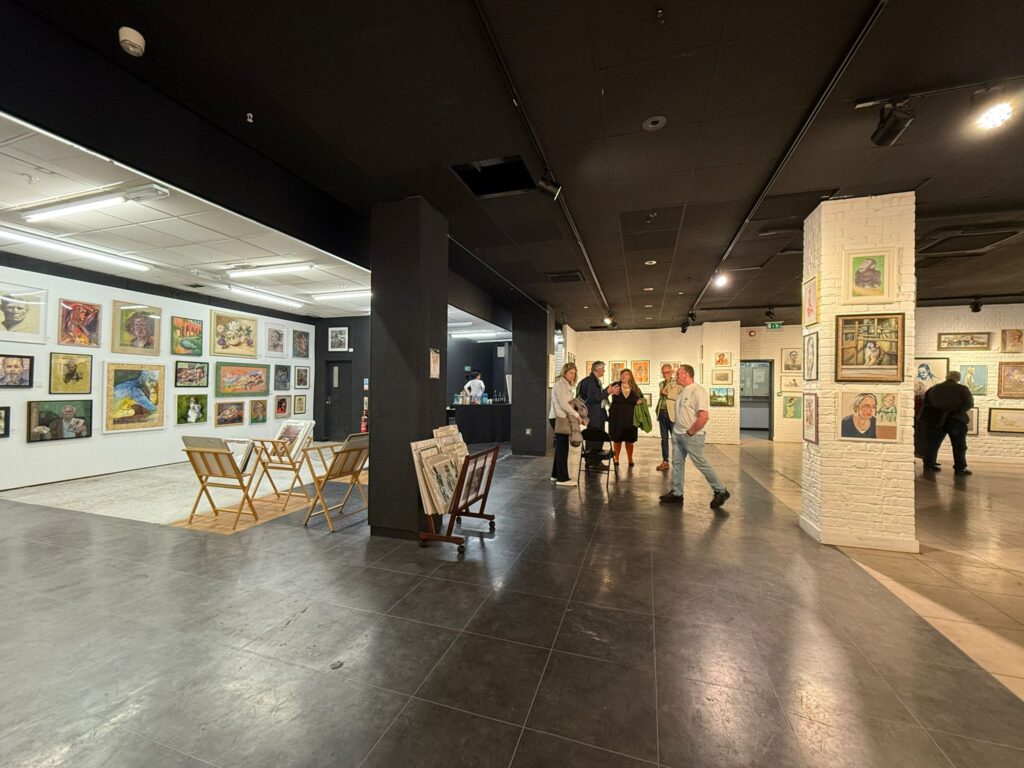From Life Drawing to Personal Narratives
By Fatima Blue
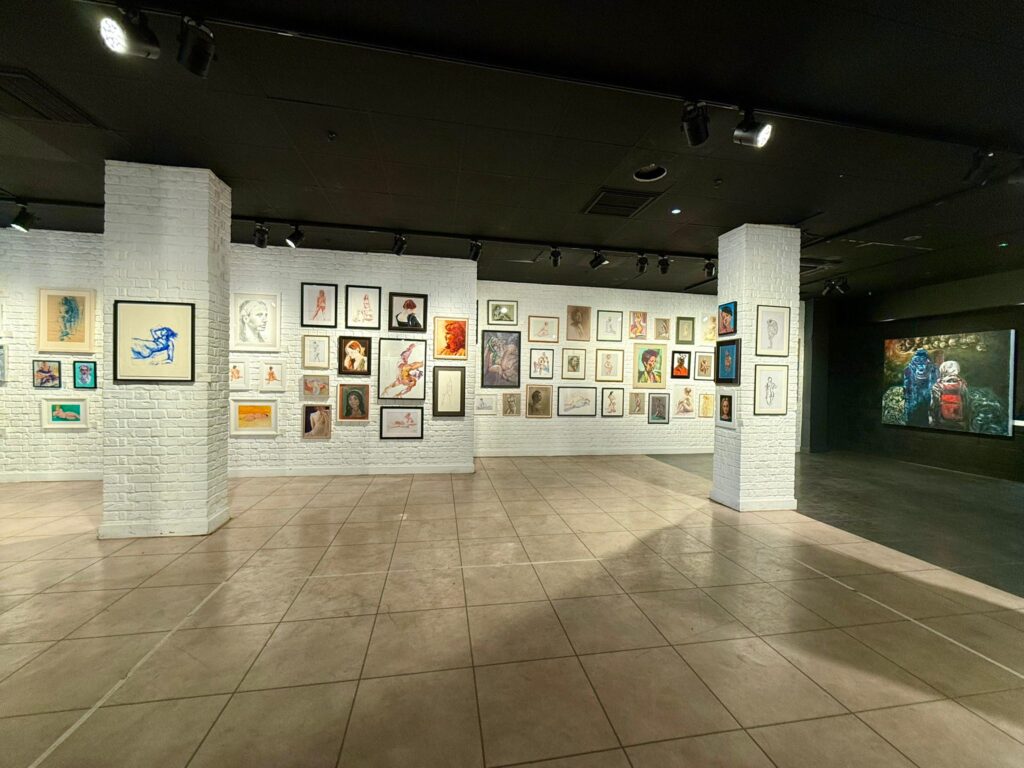
“The Contemporary Figure”, an exhibition by members of the Hesketh Hubbard Art Society at XYZ Gallery in London, offers a rich and varied exploration of how contemporary artists respond to the human body through life drawing. What makes this exhibition stand out at first glance is the diversity in both artistic approaches and materials – from oil paintings and watercolours to charcoal drawings and prints, all presented together in one space. As John Berger wrote in Ways of Seeing, every artwork reflects the “historical and personal perspective” of its creator, and this show is a clear example of how a shared subject – the human body – can take on new and multiple meanings when filtered through different individual viewpoints and lived experiences.
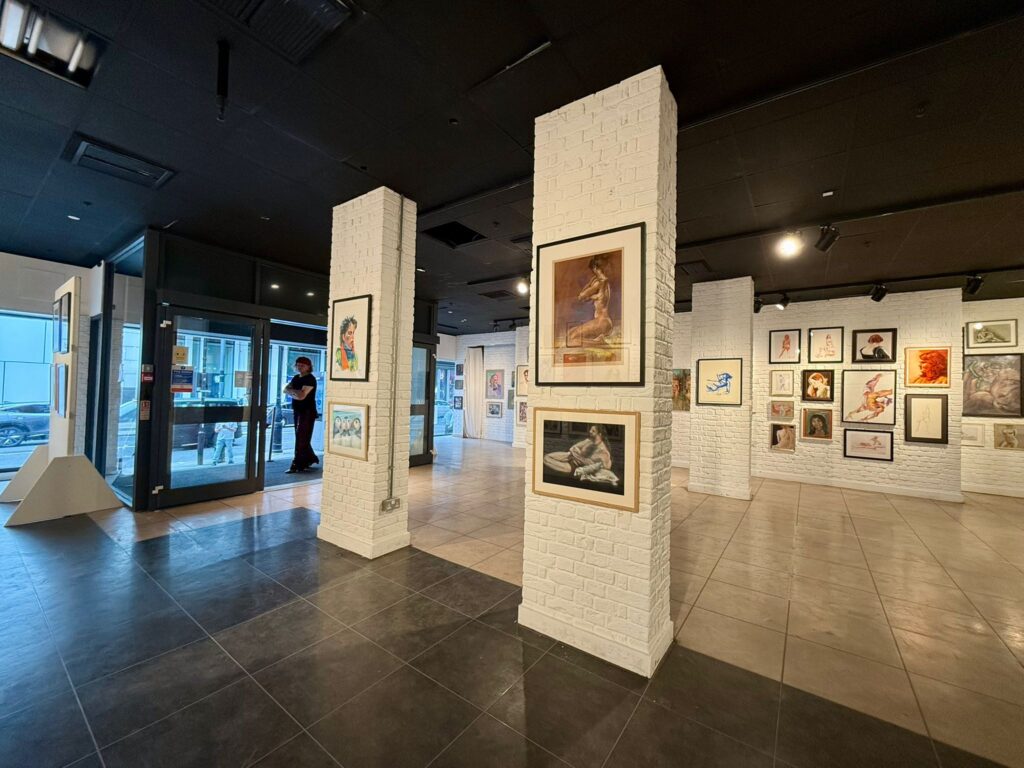
One of the most impressive things about this exhibition is the wide range of techniques and visual expressions. There are classic figurative works with careful light and shade, alongside expressive pieces filled with bold colours and free, loose lines. In today’s art world, where the boundaries between media have blurred, the material is often just a tool for expressing personal experience. We see this clearly here: some charcoal drawings, with their rough, quick lines, capture a sense of immediacy and fleeting moments, while oil portraits, with their detailed textures and colours, invite viewers to slow down and reflect on the subject. This variety of media creates a space where different interpretations of the body in today’s world can be expressed.

In this exhibition, the body is not just a subject for visual representation – it carries personal and emotional meaning. Jacques Lacan’s theory of the Mirror Stage describes the body as a reflection of the self shaped by social and cultural mirrors. Many of the works here reflect this idea. Some artists have drawn bodies with restless, distorted lines, showing their mental and emotional experience of the subject rather than its physical form. One piece, for example, presents a male figure with harsh purple and red tones against a blurred background. It’s less about anatomy and more about expressing the inner world of both the subject and the artist. Alongside these are delicate, classical drawings that seem to search for calmness and continuity in how we see the body.
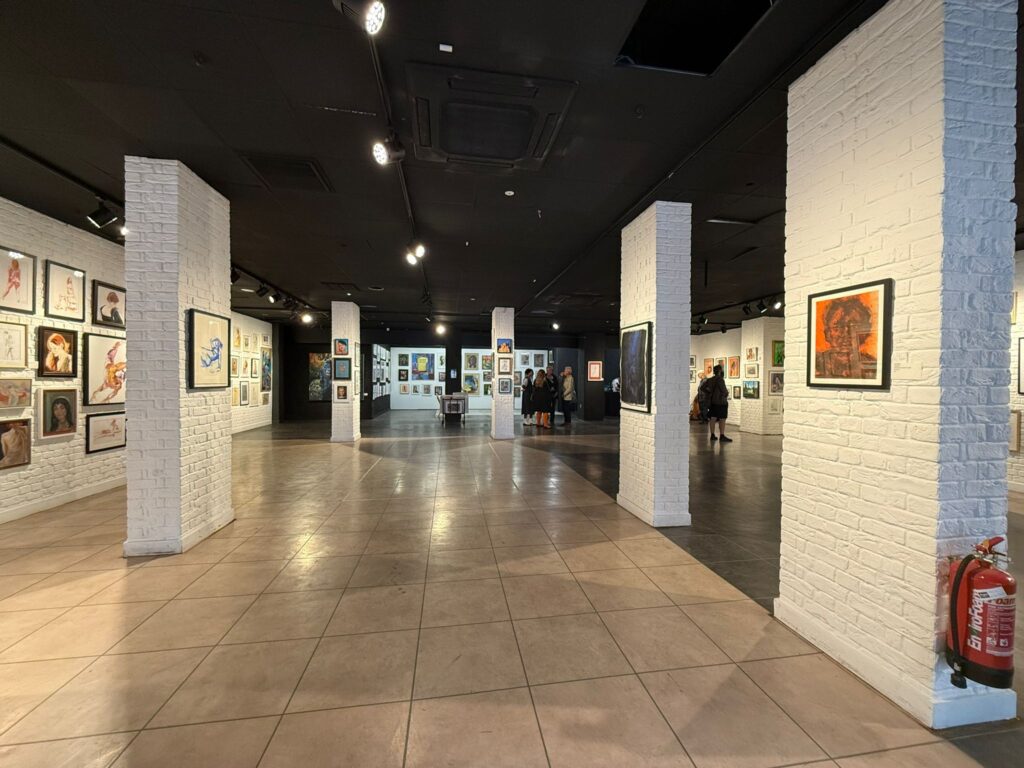
Another interesting aspect of this exhibition is the way male and female bodies are shown differently. Laura Mulvey’s theory of the Male Gaze explains how traditional art has often presented the female body as a visual object for male pleasure. While a few pieces in this show still follow that classic, aesthetic approach to the female figure, many works give both male and female bodies a sense of subjectivity and agency. One example is a charcoal drawing of a breastfeeding woman, filled with a feeling of care and introspection – a redefinition of the female body as active and powerful. On the other hand, male figures are often shown in bold, vulnerable ways, challenging old ideas of strength and control.
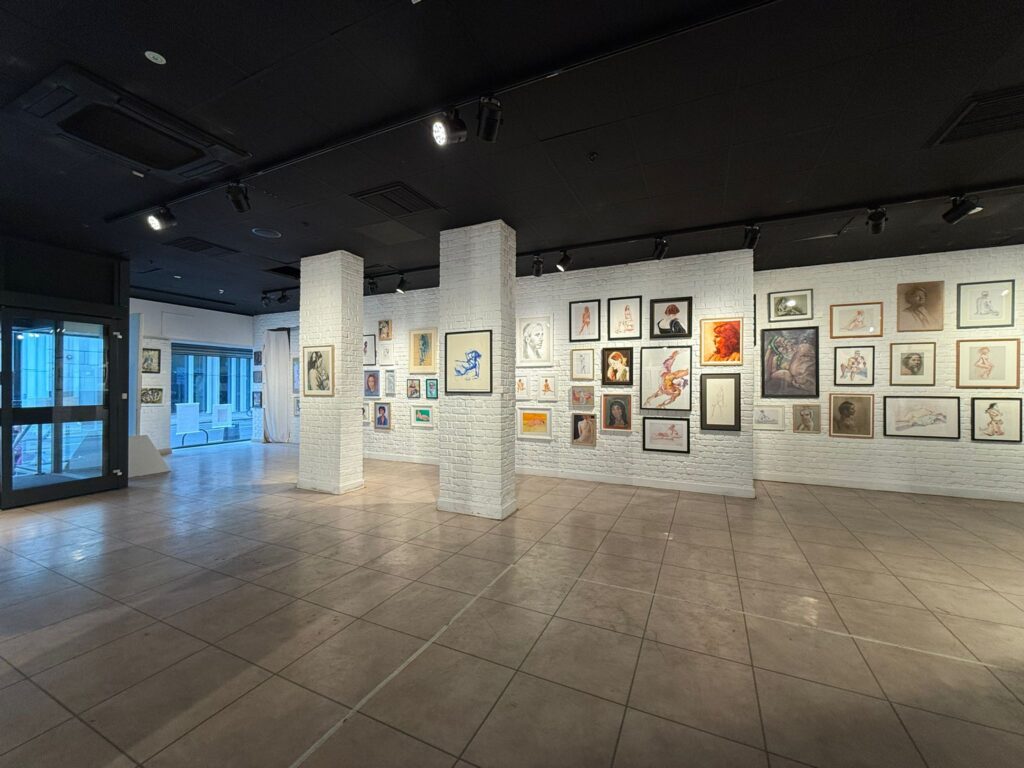
Overall, “The Contemporary Figure” proves that in contemporary art, the body is no longer just a subject for showing off anatomical skill. It has become a space for expressing personal experiences, lived identities, and emotional and social encounters. As the writer Boria once said, “Every representation of the body reflects the cultural structure of its time.” This exhibition successfully brings together artists from different backgrounds to offer a portrait of the body in today’s London – a body that is diverse, unsettled, sometimes at peace and sometimes in conflict with itself and its environment. While remaining faithful to the tradition of life drawing, the exhibition pushes its boundaries and shows that figurative art still has urgent and relevant things to say in today’s world.
